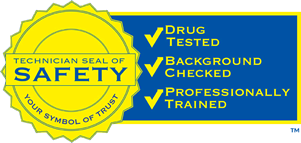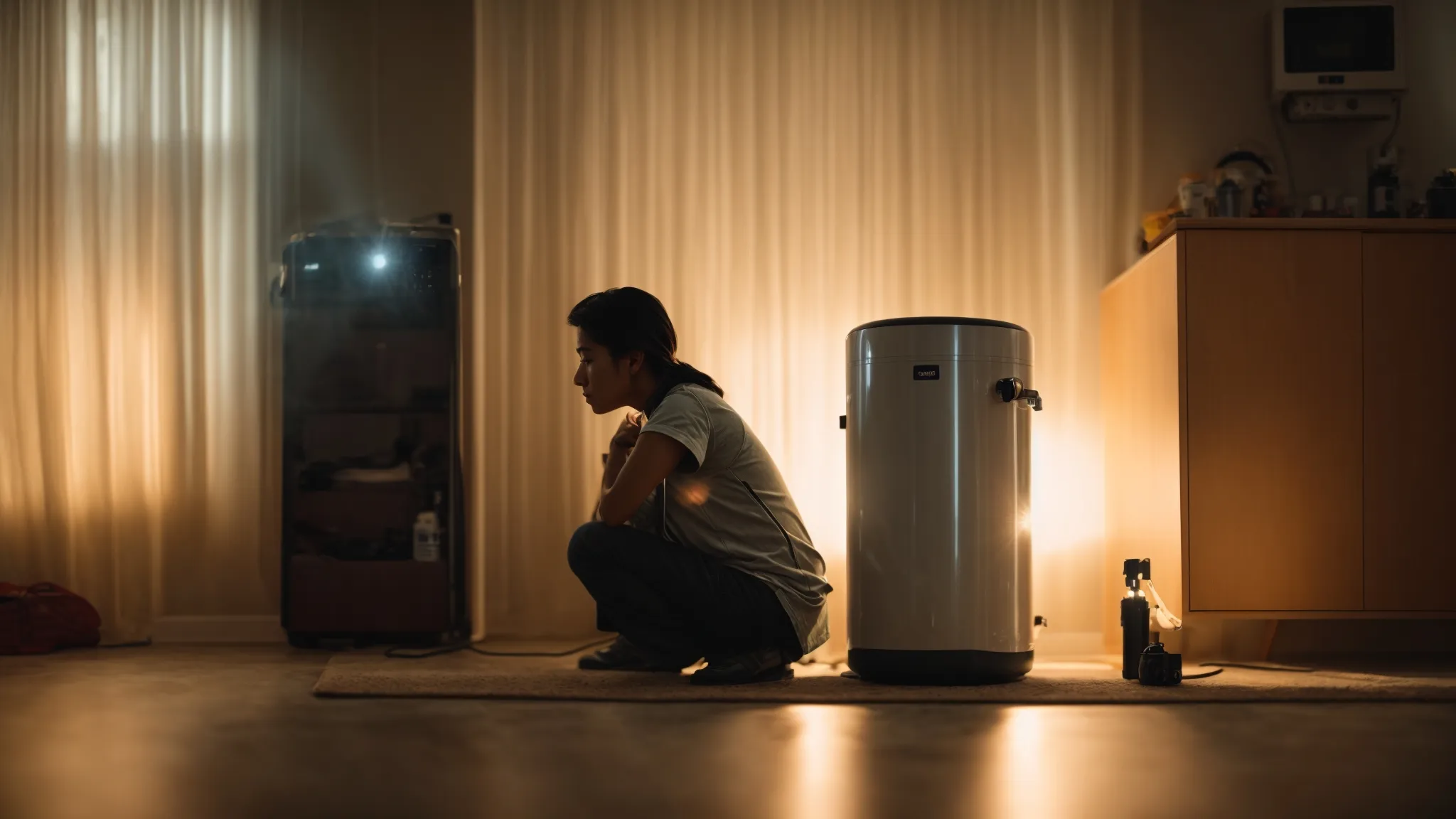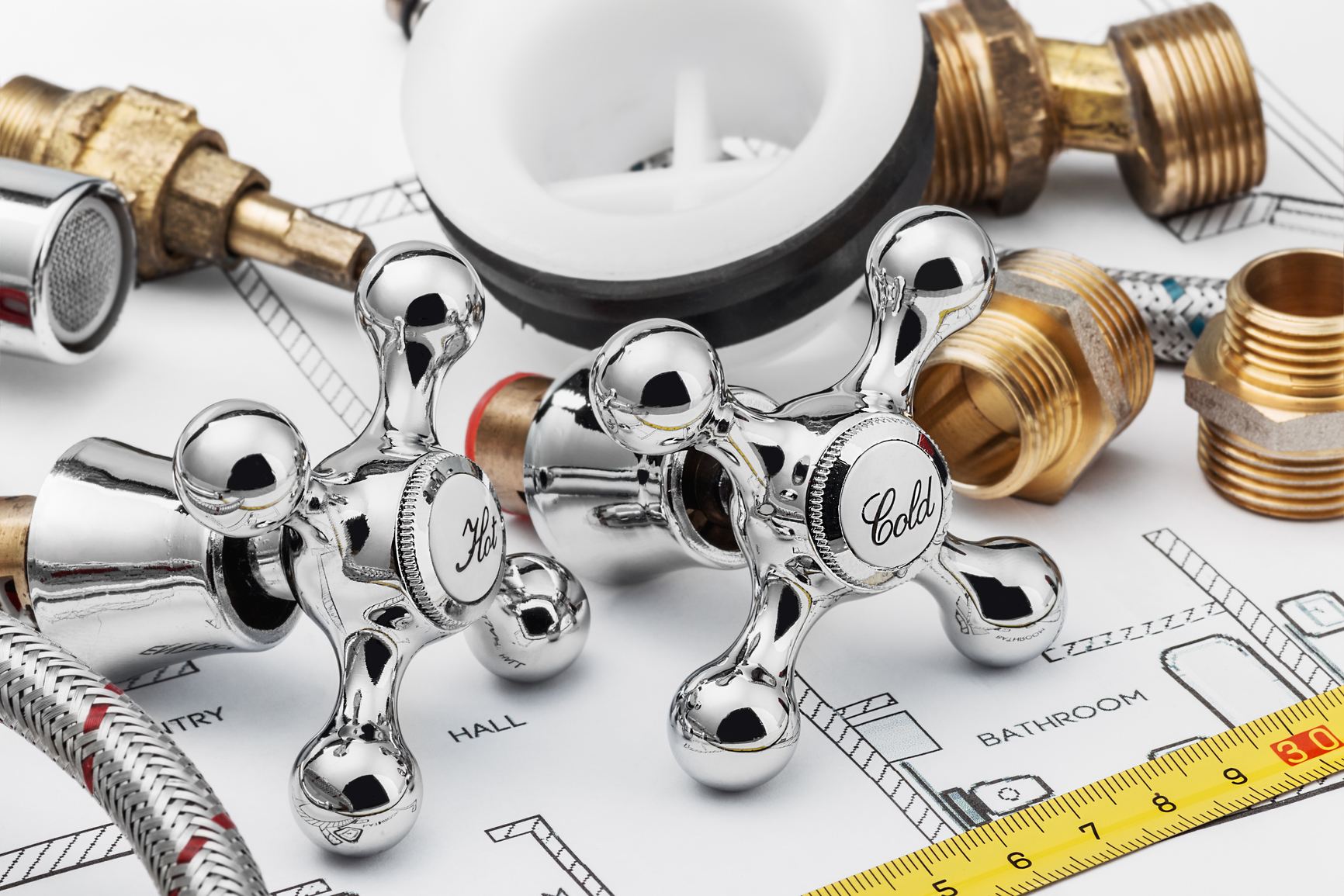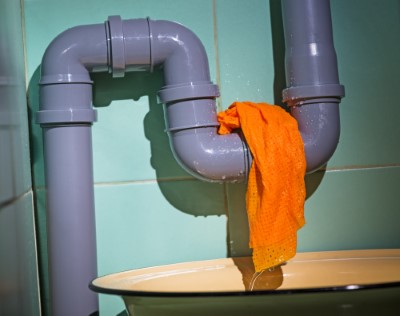Is your water heater installation causing you stress? Professional water heater installation services offer a safe and efficient solution. This article covers the importance of expert installation, different types of water heaters, and the installation process. You’ll learn how to choose the right service provider and maintain your newly installed system. By understanding these key points, you’ll avoid potential leaks, ensure proper heat distribution, and gain peace of mind knowing your plumbing system is in expert hands.
Key Takeaways
- Professional water heater installation ensures safety, efficiency, and compliance with local codes
- DIY installation risks include water damage, utility inefficiencies, and potential safety hazards
- Regular maintenance and inspections can extend the lifespan of water heaters
- Choosing a certified technician with positive reviews is crucial for quality installation
- Proper post-installation care includes regular flushing, performance monitoring, and prompt attention to issues
Why Choose Professional Water Heater Installation Services

Professional water heater installation services offer crucial advantages over DIY approaches. Certified technicians minimize risks associated with improper setup, ensuring safe and efficient operation. While upfront costs may be higher, professional installation often proves more cost-effective in the long run. This section explores the benefits of expert installation for both traditional and tankless water heating systems, emphasizing safety, efficiency, and proper drainage.
Risks of DIY Water Heater Installation
DIY water heater installation poses significant risks to homeowners. Improper setup can lead to water damage, utility inefficiencies, and potential safety hazards. Without proper knowledge of plumbing systems and local codes, individuals may inadvertently create dangerous situations, such as gas leaks or electrical issues.
Incorrect installation can result in reduced performance and increased energy costs. A professional plumber ensures proper sizing, considering factors like gallon capacity and household demand. They also have expertise in various types, including traditional tanks and heat pump water heaters, guaranteeing optimal efficiency and longevity. Common DIY installation mistakes include:
- Improper venting, leading to carbon monoxide risks
- Incorrect pipe connections, causing leaks and water damage
- Faulty pressure relief valve installation, compromising safety
- Inadequate insulation, reducing energy efficiency
- Improper electrical connections, posing shock hazards
Benefits of Hiring Certified Technicians
Certified technicians bring invaluable expertise to water heater installations, ensuring proper flue setup and minimizing the risk of gas leaks. Their specialized knowledge extends to various types of water heaters, including heat pump models, allowing them to optimize system performance and energy efficiency. Professional installers also understand the importance of anode rod placement, which can significantly extend the lifespan of a water heater.
Hiring certified plumbing professionals often proves cost-effective in the long run. They can accurately assess household needs, recommending appropriately sized units that balance demand with energy consumption. Technicians also ensure proper installation of crucial components like pressure relief valves and expansion tanks, preventing potential water damage and safety hazards. Their expertise in local building codes and permit requirements helps homeowners avoid costly violations and ensures compliance with safety standards.
Cost Implications of Professional vs. DIY Installation
Professional water heater installation services often involve higher upfront costs compared to DIY approaches. However, these expenses typically include proper pipe fitting, valve installation, and thorough testing of the entire system, including showers and taps. Professionals ensure that natural gas connections are secure and compliant with safety regulations, reducing the risk of costly repairs or replacements in the future.
DIY installations may seem cost-effective initially, but they can lead to significant expenses over time. Improper installation can result in inefficient water heating, increased energy bills, and potential damage to pipes and valves. Moreover, DIY attempts may void manufacturer warranties, leaving homeowners responsible for repair costs that would otherwise be covered under professional installation guarantees.
Types of Water Heaters and Their Installation Requirements

Various water heater types require specific installation approaches. Conventional storage tanks, tankless systems, heat pumps, and solar heaters each have unique requirements for fuel sources, energy conservation, and warranty considerations. Understanding these differences is crucial for proper installation, optimal performance, and long-term cost-effectiveness. Professional installers navigate these complexities to ensure safe, efficient setups across all water heater types.
Conventional Storage Tank Water Heaters
Conventional storage tank water heaters remain a popular choice for many households due to their reliability and cost-effectiveness. These systems store and heat water in a large tank, maintaining a constant supply of hot water. Proper installation of these units requires careful consideration of factors such as tank size, fuel type, and efficiency ratings to ensure optimal performance and energy savings.
Professional installation of storage tank water heaters involves crucial safety measures, including proper venting for combustion gases and installation of pressure relief valves. Technicians also address corrosion prevention by installing sacrificial anodes and setting appropriate temperature levels. The following table outlines key installation considerations for conventional storage tank water heaters:
| Installation Aspect | Considerations |
|---|---|
| Tank Placement | Adequate space, accessibility for maintenance |
| Venting System | Proper sizing, material selection, code compliance |
| Pressure Relief Valve | Correct sizing, proper discharge pipe installation |
| Anode Rod | Appropriate material selection, periodic replacement |
| Insulation | Tank and pipe insulation for improved efficiency |
Tankless (On-Demand) Water Heaters
Tankless water heaters require specialized installation techniques to ensure optimal performance and safety. These systems heat water on demand, eliminating the need for a storage tank and potentially reducing energy costs. Proper ventilation is crucial for gas-powered tankless units to prevent carbon monoxide buildup, while electric models may require electrical system upgrades to handle the increased power load.
Professional installers carefully consider factors such as water flow rate, temperature rise, and energy efficiency when selecting and installing tankless systems. They ensure proper drainage to prevent water damage and install safety features like temperature controls and pressure relief valves. For gas models, technicians verify proper gas line sizing and pilot light function, guaranteeing safe and efficient operation.
Heat Pump Water Heaters
Heat pump water heaters represent an energy-efficient alternative to traditional storage water heaters. These systems extract heat from the surrounding air to warm the water supply, making them particularly effective in warmer climates or when installed in basements with excess heat. Professional installation ensures proper placement to maximize efficiency and minimize noise, considering factors such as available space and proximity to heat sources.
Installing a heat pump water heater requires expertise in both plumbing and electrical systems. Technicians must carefully evaluate the home’s electrical capacity to support the unit and install appropriate condensate drains. Regular maintenance is crucial for optimal performance, including cleaning air filters and inspecting the evaporator coil. Professional installers provide guidance on maintenance schedules and best practices to extend the system’s lifespan.
Solar Water Heaters
Solar water heaters harness renewable energy to provide hot water, offering significant long-term energy savings. Professional installation ensures optimal placement of solar collectors and proper integration with existing plumbing and electrical systems. Technicians must carefully consider factors such as roof orientation, shading, and local climate to maximize system efficiency and performance.
Installing solar water heaters requires expertise in both plumbing and electrical wiring to ensure safe operation and compliance with local codes. Professionals handle complex tasks such as mounting solar panels, installing storage tanks, and integrating backup heating elements. They also implement proper insulation and exhaust gas ventilation for systems with gas backup, reducing the need for future water heater repair or replacement.
The Professional Installation Process Explained

Professional water heater installation involves a systematic process to ensure safe and efficient setup. This section outlines the key stages: initial assessment, site preparation, installation procedures, and final testing. Plumbers follow these steps for both new installations and water heater replacements, emphasizing proper techniques and quality assurance to maximize system performance and longevity.
Initial Assessment and Recommendations
Professional water heater experts begin the installation process with a comprehensive assessment of the home’s hot water needs and existing infrastructure. They evaluate factors such as household size, peak usage times, and available space to recommend the most suitable water heater type and size. This initial assessment ensures that the new installation or replacement meets the specific requirements of the household.
During the assessment, technicians also inspect the current plumbing and electrical systems to identify any necessary upgrades or modifications. They consider factors such as gas line capacity, electrical load, and ventilation requirements to ensure a safe and efficient hot water tank installation. The assessment phase concludes with a detailed recommendation, including:
- Optimal water heater type and size
- Required system upgrades or modifications
- Estimated installation timeline
- Cost breakdown for equipment and labor
- Potential energy savings and efficiency improvements
Preparing the Installation Site
Professional water heater installers meticulously prepare the installation site to ensure a smooth and efficient setup. They clear the area of obstacles, protect surrounding surfaces, and verify proper ventilation for gas heater installations. Technicians also assess the existing plumbing and electrical connections, making necessary modifications to accommodate the new system.
For hot water tank installations, professionals ensure adequate space and support for the unit, often reinforcing floors or creating proper drainage systems. Sunset Plumbing certified technicians take extra care in preparing sites for tankless water heater installations, considering factors such as gas line sizing and electrical requirements. This thorough preparation minimizes complications during installation and ensures optimal performance of the new water heater.
Installation Procedures and Techniques
Professional installers follow precise procedures to ensure optimal water heater performance and longevity. They begin by installing an expansion tank to accommodate water expansion and prevent pressure buildup. Technicians flush the system to remove sediment, promoting efficiency and extending the water heater’s life expectancy.
For Energy Star certified models, installers implement specific techniques to maximize energy savings and secure potential tax credits for homeowners. They carefully calibrate temperature settings, insulate pipes, and verify proper venting to enhance efficiency. These steps not only improve the system’s performance but also contribute to reduced energy consumption and lower utility bills.
Final Testing and Quality Assurance
Professional water heater installers conduct thorough final testing to ensure optimal performance and safety. They check the thermostat settings, verify proper operation of the control valve, and inspect the circuit breaker for compatibility with the new system. This comprehensive testing process includes examining the storage tank for leaks and confirming that the water temperature meets the household’s needs while maintaining energy efficiency.
Quality assurance measures extend beyond initial testing, with technicians providing detailed documentation of the installation process and system specifications. They offer guidance on maintenance schedules and energy-saving practices to help homeowners maximize their budget and extend the water heater’s lifespan. Installers also verify that all safety features, including pressure relief valves and venting systems, function correctly before completing the installation.
Ensuring Safety During Water Heater Installation
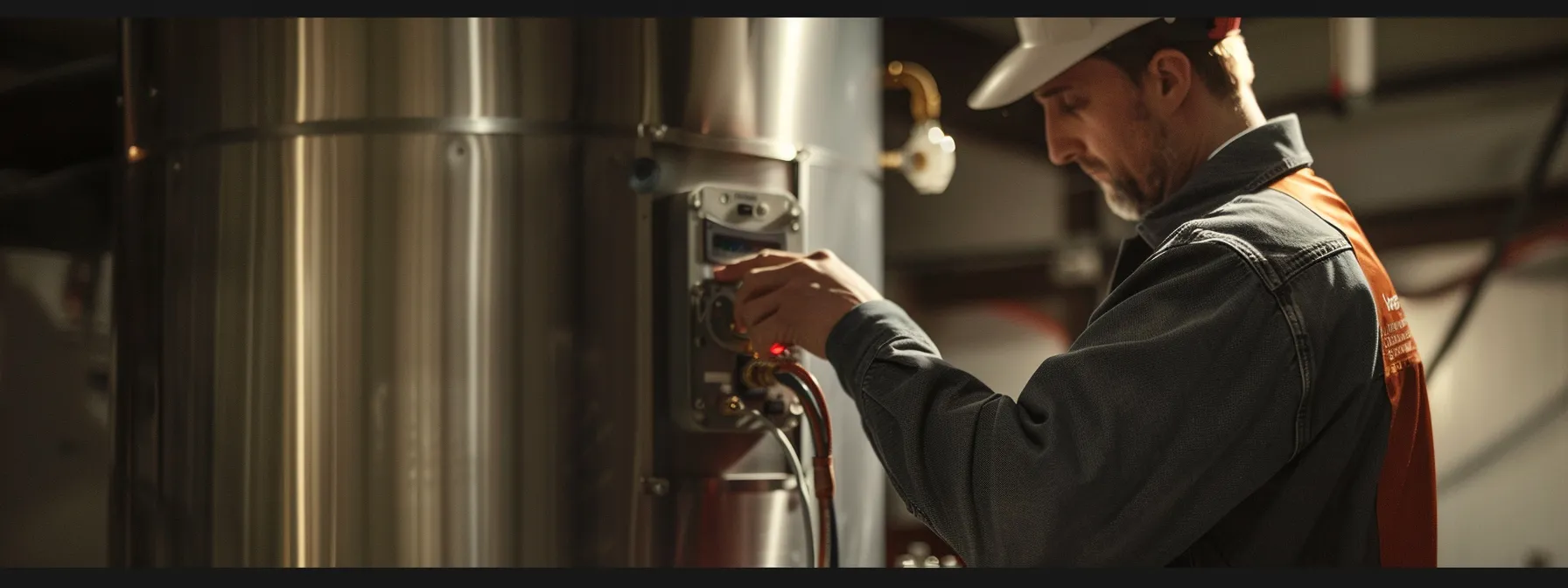
Safety is paramount in water heater installation, encompassing compliance with local building codes, proper venting and gas line connections, electrical safety measures, and environmental considerations. Professional installers, including those handling Bradford White units in Bend Oregon, prioritize these aspects to ensure a secure setup. From stainless steel components to condensers, each element requires careful attention to maintain safety standards and optimize performance.
Compliance With Local Building Codes
Professional water heater installers prioritize compliance with local building codes to ensure safety and prevent potential hazards. These regulations often specify requirements for the heating element, heat exchanger, and safety features to minimize risks associated with carbon monoxide exposure and rust formation. Certified technicians understand the importance of using corrosion-resistant materials, such as stainless steel, in critical components to extend the system’s lifespan and maintain safe operation.
Adherence to local codes also encompasses proper installation of venting systems and safety devices. Installers carefully position the heat exchanger to optimize efficiency while meeting ventilation requirements, reducing the risk of carbon monoxide buildup. They also ensure that all safety mechanisms, including pressure relief valves and temperature controls, are correctly installed and functioning to protect against potential hazards like overheating or excessive pressure buildup.
Proper Venting and Gas Line Connections
Professional installers meticulously address venting and gas line connections to prevent carbon monoxide poisoning and ensure efficient heat transfer. They use specialized tools to verify proper sizing and installation of venting systems, reducing the risk of dangerous gas buildup. Technicians also inspect and test gas lines for leaks, ensuring secure connections that minimize safety hazards and optimize system performance.
Proper venting and gas line installation can lead to significant energy savings and potential rebates for homeowners. By maximizing heat transfer efficiency and minimizing gas waste, professional installation helps reduce utility costs over time. Installers often provide guidance on available rebate programs, helping homeowners save money while ensuring their water heater operates safely and efficiently.
Electrical Safety Measures
Professional water heater installers implement crucial electrical safety measures to protect homeowners and ensure proper system function. They carefully inspect and upgrade existing wiring to meet the new water heater’s electrical requirements, reducing the risk of electrical fires or malfunctions. Certified technicians also install dedicated circuit breakers for electric water heaters, ensuring the home’s electrical system can safely handle the increased load.
Proper grounding and bonding practices are essential components of electrical safety during water heater installation. Installers verify that all metal components are correctly grounded to prevent electrical shock hazards. They also conduct thorough inspections of electrical connections and controls, ensuring compliance with local codes and manufacturer specifications. This attention to detail not only enhances safety but also contributes to the overall efficiency and longevity of the water heating system.
Environmental Safety and Disposal of Old Units
Professional water heater installers prioritize environmental safety during the removal and disposal of old units. They carefully drain the tank using a wrench to prevent water damage and ensure proper disposal of any remaining sediment. Technicians assess the complexity of the removal process, considering factors such as the unit’s size and location, to minimize environmental impact and potential hazards.
Bradford White and other manufacturers often provide guidance on eco-friendly disposal methods for old water heaters. Installers typically remove recyclable components, such as metal tanks and copper piping, before properly disposing of non-recyclable materials. They also ensure that any hazardous materials, such as insulation or electrical components, are handled according to local regulations. Professional disposal practices not only protect the environment but also contribute to energy conservation efforts by promoting the recycling of valuable materials.
Selecting the Right Installation Service Provider

Choosing the right water heater installation service provider is crucial for ensuring safety, efficiency, and cost-effectiveness. Homeowners should evaluate credentials, read reviews, understand warranties, and obtain detailed quotes. These steps help in selecting a reliable professional who can manage hot water tank installation costs effectively while delivering quality service.
Evaluating Credentials and Experience
When selecting a water heater installation service provider, homeowners should carefully evaluate the credentials and experience of potential candidates. Certified technicians often hold licenses from recognized organizations such as the Plumbing-Heating-Cooling Contractors Association or state-specific licensing boards. These certifications indicate a level of expertise in handling various water heater types, including tankless and heat pump models, ensuring proper installation and compliance with local codes.
Experience plays a crucial role in determining the quality of water heater installation services. Established companies with a track record of successful installations across different residential settings often possess the necessary skills to address unique challenges. Homeowners can request information about the technicians’ years of experience, specialized training in energy-efficient systems, and familiarity with specific brands like Bradford White or Navien to ensure they receive expert service tailored to their needs.
Reading Customer Reviews and Testimonials
Customer reviews and testimonials provide valuable insights into the quality of water heater installation services. Homeowners should examine online platforms and review sites to gauge the reputation of potential service providers. These reviews often highlight key aspects of the installation process, such as punctuality, professionalism, and adherence to safety standards.
When evaluating reviews, consumers should look for consistent patterns in feedback, paying attention to comments about the installer’s expertise, customer service, and follow-up support. Positive testimonials often mention efficient installations, clear communication, and proper handling of permits and inspections. Homeowners can use this information to create a shortlist of reputable service providers:
- Check multiple review platforms for a comprehensive view
- Look for specific details about the installation process
- Consider the overall rating and number of reviews
- Pay attention to how companies respond to negative feedback
- Seek testimonials from customers with similar water heater types
Understanding Warranties and Service Guarantees
Professional water heater installation services often come with warranties and service guarantees that protect homeowners’ investments. These guarantees typically cover parts and labor for a specified period, ensuring that any issues arising from improper installation are addressed promptly and at no additional cost. Homeowners should carefully review the terms of these warranties, noting coverage duration, exclusions, and any maintenance requirements that may affect warranty validity.
Service providers may offer extended warranties or maintenance plans that provide additional protection beyond the standard manufacturer’s warranty. These plans can include regular inspections, water heater tune-ups, and priority service for repairs. When comparing installation services, homeowners should consider the value of these extended warranties and how they align with their long-term maintenance needs:
| Warranty Type | Coverage Duration | Typical Inclusions |
|---|---|---|
| Standard Installation Warranty | 1-2 years | Parts and labor related to installation |
| Manufacturer’s Warranty | 6-12 years | Defects in materials and workmanship |
| Extended Service Plan | Up to lifetime | Annual maintenance, priority repairs |
Obtaining a Detailed Installation Quote
Obtaining a detailed installation quote is crucial for homeowners to make informed decisions about water heater services. Professional installers provide comprehensive quotes that break down costs for equipment, labor, and any necessary upgrades to existing systems. These quotes often include specifics about the proposed water heater model, its efficiency rating, and estimated energy savings.
Homeowners should request quotes from multiple service providers to compare pricing and service offerings. A thorough quote typically includes the following elements:
- Detailed breakdown of equipment and labor costs
- Estimated timeline for installation
- Information on permits and inspections
- Warranty details for both equipment and installation
- Potential energy savings and efficiency improvements
Post-Installation Care and Maintenance Tips

Proper post-installation care and maintenance are essential for maximizing the lifespan and efficiency of water heaters. This section covers regular inspection and flushing procedures, performance monitoring, routine service checks, and signs that require professional attention. Following these guidelines helps homeowners maintain their water heaters’ safety and efficiency, potentially reducing long-term costs and preventing unexpected breakdowns.
Regular Inspection and Flushing Procedures
Regular inspection and flushing procedures are crucial for maintaining water heater efficiency and longevity. Homeowners should visually inspect their water heaters monthly, checking for signs of leaks, corrosion, or unusual noises. This routine examination helps identify potential issues early, preventing costly repairs and ensuring optimal performance.
Annual flushing of the water heater tank removes sediment buildup, which can impair heating efficiency and reduce the appliance’s lifespan. To flush the tank, homeowners should turn off the power supply, attach a hose to the drain valve, and allow water to flow until it runs clear. This process improves heat transfer and maintains the water heater’s overall effectiveness.
Monitoring Performance and Energy Efficiency
Homeowners can monitor their water heater’s performance by tracking energy consumption and hot water availability. They should record monthly energy bills and compare them to previous periods, noting any significant increases that may indicate reduced efficiency. Additionally, observing hot water consistency and recovery time after heavy use helps identify potential issues with heating elements or thermostats.
Regular temperature checks ensure the water heater maintains a safe and efficient setting. Homeowners should use a thermometer to verify that the output temperature matches the thermostat setting, typically around 120°F (49°C) for optimal energy efficiency and safety. Adjusting the temperature as needed can lead to energy savings and prevent scalding risks.
Scheduling Routine Service Checks
Scheduling routine service checks with certified technicians helps maintain water heater performance and safety. These annual inspections typically include testing of pressure relief valves, examination of anode rods, and verification of proper thermostat function. Professional technicians can identify potential issues before they escalate, ensuring the water heater operates at peak efficiency.
Homeowners should keep detailed records of service checks, including dates, performed maintenance, and any recommendations for future care. This documentation aids in tracking the water heater’s performance over time and can be valuable for warranty claims or when considering replacement options. Regular service checks also provide opportunities for technicians to update homeowners on new energy-efficient technologies or rebate programs that may benefit their households.
Identifying Signs That Require Professional Attention
Homeowners should remain vigilant for signs that indicate their water heater needs professional attention. Discolored water, particularly with a rusty tint, often signals corrosion within the tank and requires immediate inspection. Unusual noises, such as popping or crackling sounds, can indicate sediment buildup or failing heating elements, necessitating professional cleaning or replacement.
Inconsistent water temperatures or sudden drops in hot water supply may point to thermostat issues or a failing heating element. Leaks around the base of the tank or visible corrosion on the exterior demand prompt professional evaluation to prevent water damage and ensure safe operation. Homeowners who notice these signs should contact a certified technician to assess the water heater and recommend appropriate repairs or replacement options.
Frequently Asked Questions
How long does a professional water heater installation typically take?
A professional water heater installation typically takes between 2 to 3 hours for a straightforward replacement. However, the duration can vary depending on factors such as the type of water heater, location, and any necessary modifications to the existing plumbing system.
What are the different types of water heaters available for installation?
Water heaters come in several types, including tank-based, tankless, heat pump, and solar models. Each offers unique benefits in terms of energy efficiency, capacity, and installation requirements. Homeowners can choose based on their specific needs, space constraints, and budget considerations.
Are there specific safety considerations when installing a water heater?
Installing a water heater requires careful attention to safety. Proper ventilation, gas line connections, and electrical wiring are crucial. Adequate space, secure mounting, and temperature settings must be considered. Always follow local building codes and manufacturer instructions to prevent accidents and ensure optimal performance.
How do I choose the right water heater installation service provider?
To choose the right water heater installation service provider, research local companies, check their licenses and insurance, read customer reviews, compare quotes, and inquire about warranties. Ensure they have experience with your preferred type of water heater and can provide timely, professional service.
What maintenance is required after a new water heater installation?
After a new water heater installation, regular maintenance is crucial. Flush the tank annually to remove sediment, check the pressure relief valve, inspect for leaks, and ensure proper temperature settings. These steps help maintain efficiency, extend the unit’s lifespan, and prevent potential issues.
Conclusion
Professional water heater installation services are crucial for ensuring safe, efficient, and code-compliant setups that minimize risks and optimize performance. Certified technicians bring invaluable expertise to handle complex installations across various water heater types, addressing critical factors such as proper venting, electrical safety, and environmental considerations. By choosing reputable service providers like Sunset Plumbing, homeowners can benefit from warranty protection, expert maintenance guidance, and potential energy savings. Ultimately, investing in professional installation safeguards both the longevity of the water heater and the well-being of household members, making it a wise choice for homeowners seeking reliability and peace of mind.

